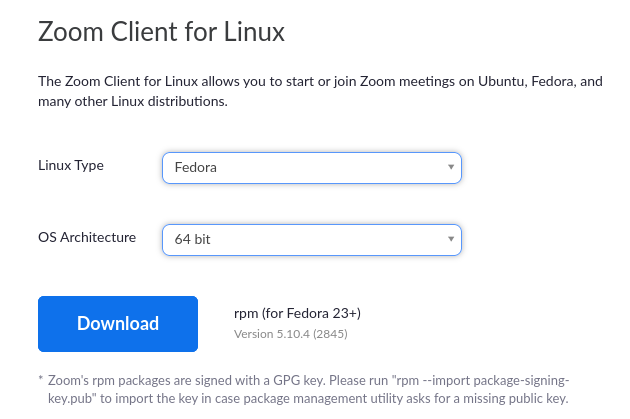

For Windows 11 Ventoy has the ability to bypass the hardware check when installing. Ventoy is compatible with Linux, macOS and most versions of Windows, this includes Windows 7, 8, 10, and 11. What operating systems are compatible with Ventoy? This means it can be installed in most USB drives, removable HD, SD Card, SATA HDD and SSD. You can install Ventoy to virtually any drive, including a partition on your local disk. Can I install Ventoy to a partition in my installed disc? A "Ventoy Compatible" concept is introduced by ventoy, which can help to support any ISO file. Both Legacy BIOS and UEFI are supported in the same way. You can copy many iso files at a time and ventoy will give you a boot menu to select them. pc found in the system for the same.Īnybody has any idea how can create application that uses gnome-keyring featues and how can I access the keyring API in the program.With Ventoy, you don't need to format the disk again and again, you just need to copy the iso file to the USB drive and boot it. so created under /usr/lib64/gnome-keyring no include directory or. Yum install allows gnome-keyring not gnome-keyring-devel.So I am not sure if centos 8 really has the development package for gnome-keyring. When I surfed net,i got to know that gnome-keyring-devel shoud be installed to get libraries and include files for the development. I got some sample programs from gnome developer site.But while compiling the program I get error saying “gnome-keyring.h” is not found. I need to create a sample C/C++ program which should use gnome-keyring API to create and access the own keyring for storing password. License GPLv3+: GNU GPL version 3 or laterĬan anybody please help,how to install a gnome-keyring development package in cent0s 8. Gcc (GCC) 4.8.5 20150623 (Red Hat 4.8.5-4)Ĭopyright (C) 2015 Free Software Foundation, Inc.Ĭopyright (C) 2010 Free Software Foundation, Inc. Loading mirror speeds from cached hostfileĭescription: A basic development environment.Īfter successful installation of the build-essential package on your system, let’s check installed versions of important binaries. To find out what is in this group use command yum groupinfo "Development Tools" Use the following set of commands to install development packages on your RedHat and their derivative systems.

This tutorial will help you to install development tools on CentOS, RHEL & Fedora systems. Development tools contain useful tools like GCC, g++, make, libtool, rpmbuild and autoconf etc packages. It’s also useful for building packages on your system.

Development tools packages are required to install on your system if you have planned to build software.


 0 kommentar(er)
0 kommentar(er)
